
Blade Grass A Comprehensive Overview
Blade Grass is a term used to describe a variety of grass species characterized by their narrow, elongated leaves that resemble sharp blades. Found in diverse environments worldwide, from temperate meadows to tropical savannas, Blade Grass is a versatile and resilient plant that plays a crucial role in many ecosystems. In this detailed exploration, we will examine the biology, ecology, uses, and significance of Blade Grass, shedding light on why this seemingly simple plant is so essential to both nature and human life.
Biology and Morphology
Blade Grass refers to a broad category of grasses that share similar morphological characteristics. These grasses typically feature long, slender leaves that are linear or lanceolate in shape, tapering to a fine point, which gives them a "blade-like" appearance. The leaves are usually arranged in a basal rosette or emerge directly from the nodes of the stem, a characteristic that allows them to grow in dense, tufted clumps.
The stems of Blade Grass are generally hollow, segmented, and can vary greatly in height depending on the species and environmental conditions. Some species, like those found in lawns and gardens, may only grow a few inches tall, while others, such as those in wild grasslands, can reach several feet in height. The leaves are primarily green, ranging from light to dark shades, but can turn yellow, brown, or even reddish depending on the season and the grass's health.
Root System and Growth Habits
The root system of Blade Grass is typically fibrous and shallow, which allows it to spread quickly and effectively anchor itself in the soil. This type of root system is highly efficient for nutrient uptake and helps prevent soil erosion, making Blade Grass a valuable component in maintaining soil health. The rapid growth and regenerative abilities of Blade Grass make it a competitive plant, often dominating the areas where it is established.
Blade Grass reproduces through both seeds and vegetative propagation. Many species produce inflorescences that contain tiny flowers, which are often wind-pollinated. After pollination, these flowers develop into small seeds that can be dispersed over large areas by wind or water. Some Blade Grass species can also reproduce vegetatively, through rhizomes or stolons that spread horizontally beneath the soil surface, allowing the grass to colonize new areas effectively.
Ecological Significance
Blade Grass is an essential component of many ecosystems, providing habitat and food for a wide range of wildlife. In grasslands and savannas, Blade Grass forms the primary vegetation, supporting herbivorous mammals such as bison, zebras, and antelope. These grasses are not only a crucial food source but also offer shelter and nesting materials for various bird species, insects, and small mammals.
Additionally, Blade Grass plays a vital role in the carbon cycle. Through photosynthesis, it absorbs carbon dioxide from the atmosphere and converts it into organic matter, which is then decomposed by microorganisms, releasing nutrients back into the soil. This process helps maintain soil fertility and promotes a healthy ecosystem.
The dense root networks of Blade Grass also contribute to soil stabilization, reducing erosion and maintaining soil structure. In regions prone to heavy rainfall or wind, these grasses act as a natural barrier, preventing soil loss and promoting water infiltration, which is crucial for maintaining groundwater levels and preventing desertification.
Adaptations and Resilience
One of the key features of Blade Grass is its adaptability to various environmental conditions. This grass can thrive in a wide range of climates, from the cold, temperate zones to the hot, arid deserts. Its resilience is largely due to its morphological and physiological adaptations.
In arid environments, Blade Grass has evolved to conserve water efficiently. Its narrow leaves reduce water loss by minimizing the surface area exposed to the sun and wind, while a thick, waxy cuticle on the leaves further reduces evaporation. Some species also possess C4 photosynthetic pathways, an adaptation that allows them to photosynthesize more efficiently in high temperatures and low water availability.
In colder climates, Blade Grass can survive harsh winters by going dormant, reducing metabolic activity to conserve energy until favorable conditions return. The fibrous root system also stores carbohydrates, which provide energy for regrowth in the spring.
Uses in Human Society
Blade Grass has been used by humans for various purposes for centuries. In agriculture, certain species of Blade Grass are cultivated as forage crops for livestock due to their high nutritional value and palatability. These grasses provide a stable and renewable food source for cattle, sheep, and goats, especially in regions where other crops may not thrive.
In landscaping and gardening, Blade Grass is valued for its aesthetic appeal and functionality. It is commonly used in lawns, parks, golf courses, and sports fields due to its ability to create a uniform, green carpet that is both visually pleasing and durable under foot traffic. Blade Grass is also utilized in erosion control projects, particularly on slopes, riverbanks, and areas prone to flooding. The dense root system helps bind the soil, reducing runoff and preventing landslides.
In addition to these uses, Blade Grass is also employed in traditional medicine and crafts. Some indigenous cultures have used the leaves and stems of certain grass species to weave baskets, mats, and other items, while others have utilized extracts from the grass for their purported medicinal properties, such as treating skin conditions or digestive issues.
Cultivation and Management
Cultivating Blade Grass requires an understanding of its growth habits and environmental needs. While most Blade Grass species are relatively low-maintenance, they do require certain conditions to thrive. Proper soil preparation is essential, as Blade Grass prefers well-drained soil with moderate fertility. Overly compacted or waterlogged soils can inhibit root growth and reduce overall plant health.
Regular mowing is important for maintaining the desired height and density of Blade Grass, especially in lawns and sports fields. Mowing encourages lateral growth and prevents the grass from becoming too tall or producing seed heads, which can detract from its aesthetic appeal. Additionally, periodic fertilization may be necessary to provide essential nutrients, particularly nitrogen, which promotes healthy leaf growth.
Pest and disease management is also a crucial aspect of Blade Grass cultivation. While Blade Grass is generally resistant to many pests and diseases, it can still be affected by fungi, insects, and other pathogens under certain conditions. Monitoring for signs of stress or infestation and applying appropriate treatments can help maintain the health and vigor of the grass.
Challenges and Considerations
Despite its many benefits, Blade Grass also presents certain challenges. In some regions, it can become invasive, outcompeting native vegetation and disrupting local ecosystems. This is particularly true in areas where Blade Grass species have been introduced for grazing or erosion control, only to spread uncontrollably.
Managing invasive Blade Grass requires careful planning and often involves a combination of mechanical removal, herbicide application, and ecological restoration. In some cases, controlled grazing by livestock can help keep Blade Grass populations in check, though this must be carefully managed to avoid overgrazing and soil degradation.
Another consideration is the potential for Blade Grass to require significant water resources, particularly in regions where it is cultivated as a lawn or turf grass. In areas facing water scarcity, alternative ground covers or drought-tolerant grass species may be more appropriate choices.
Conclusion
Blade Grass is a remarkable group of plants that serve a wide range of functions in both natural ecosystems and human-managed landscapes. From providing essential habitats and food sources for wildlife to stabilizing soils and offering aesthetic and practical benefits in gardens and agriculture, Blade Grass plays a crucial role in the environment and human society.
Understanding the biology, ecology, and management of Blade Grass is key to harnessing its benefits while minimizing its potential drawbacks. As we continue to explore sustainable practices for land use and conservation, Blade Grass will undoubtedly remain a vital component of our natural and cultivated landscapes.
| 1 |
10 |
|---|---|
| A |
B |
Noodles Co.
Address: 5171 W Campbell Ave undefined Kent, Utah 53127 United States
Contact Seller:(+91) - 540-025-553
Rating
92%
Ship on time
100%
Chat response
89%
Noodles & Company is an American fast-casual restaurant that offers international and American noodle dishes and pasta in addition to soups and salads. Noodles & Company was founded in 1995 by Aaron Kennedy and is headquartered in Broomfield, Colorado. The company went public in 2013 and recorded a $457 million revenue in 2017.In late 2018, there were 460 Noodles & Company locations across 29 states and Washington, D.C.














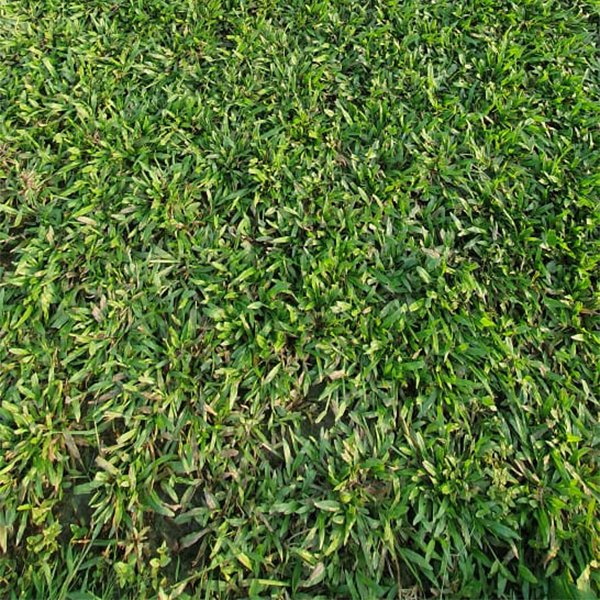
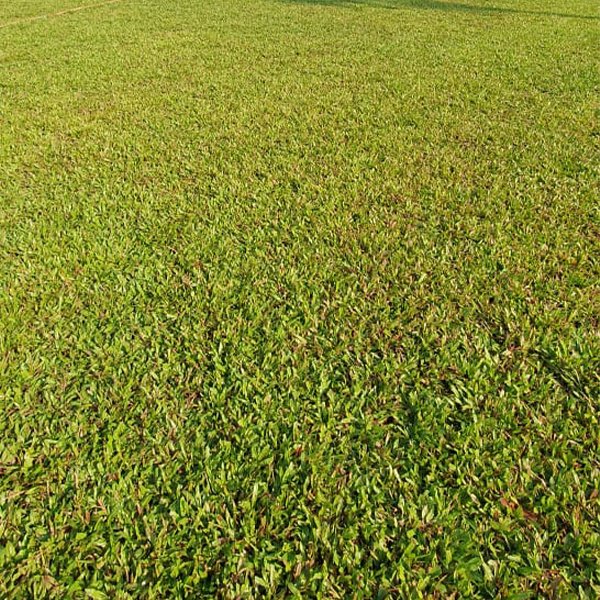
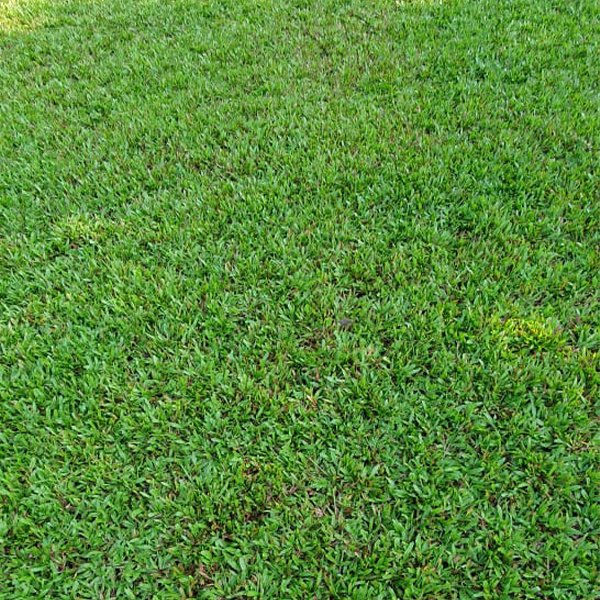
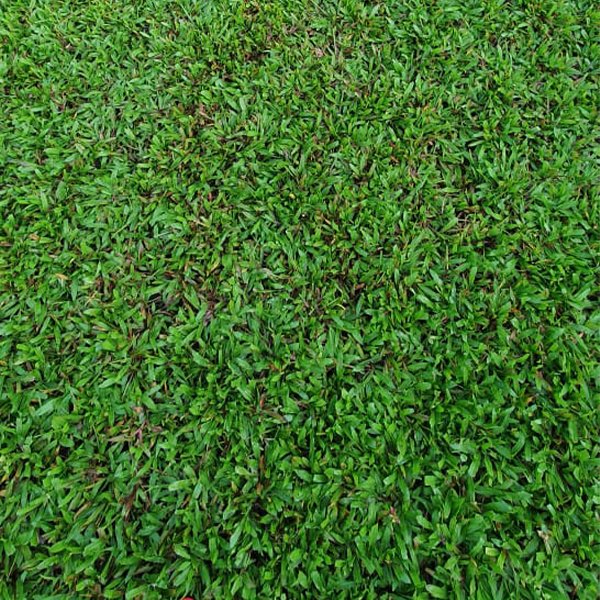
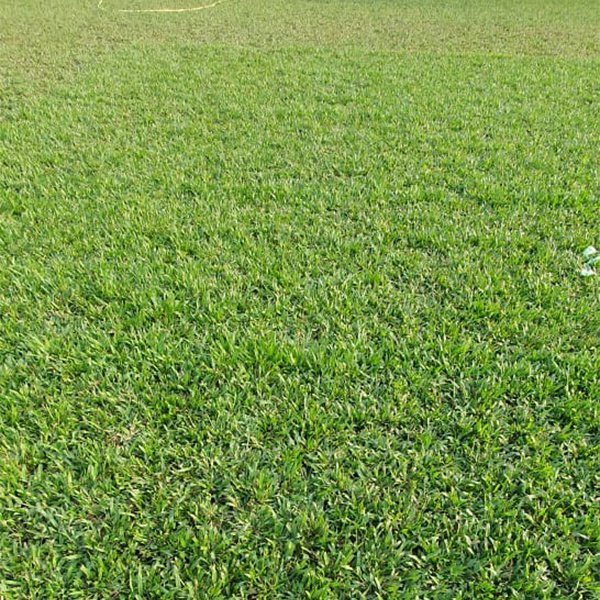

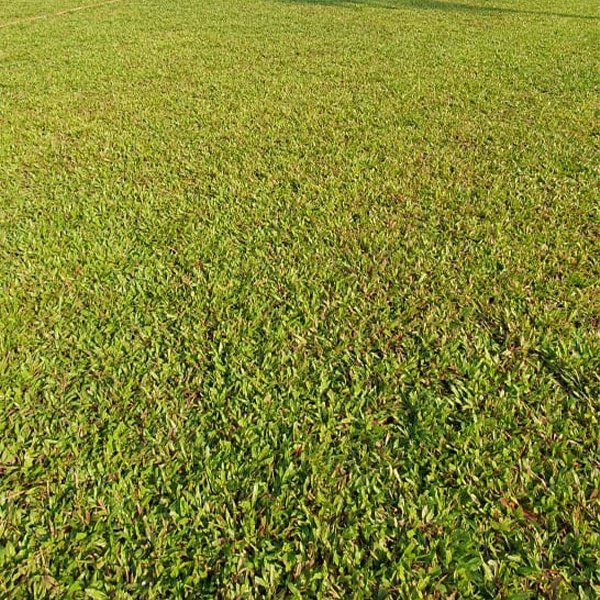
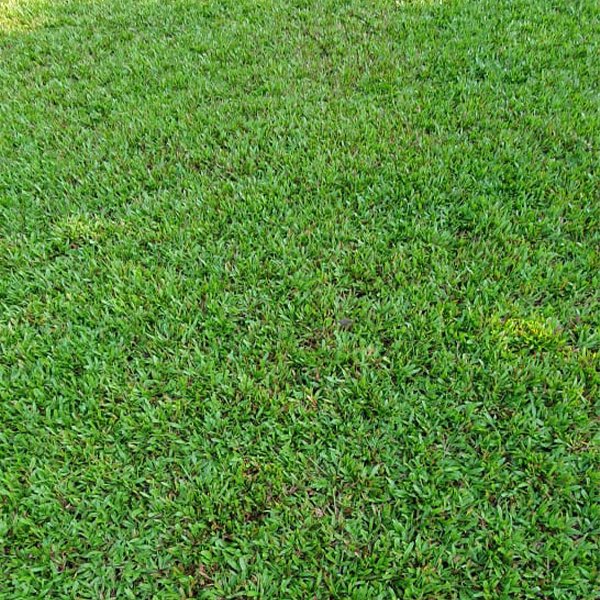
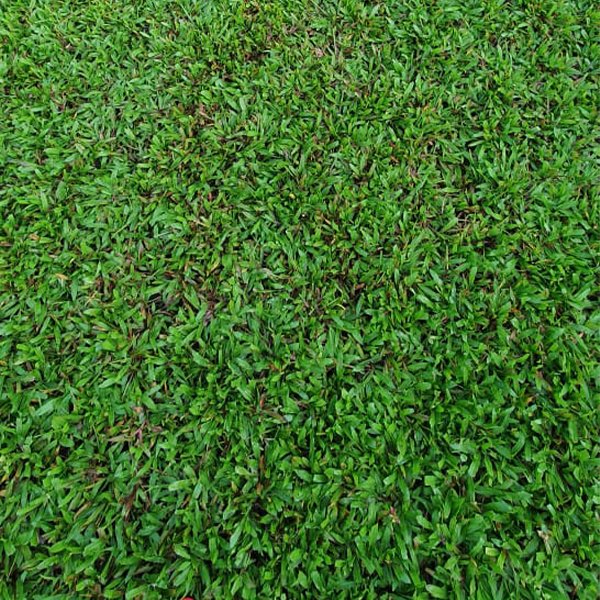
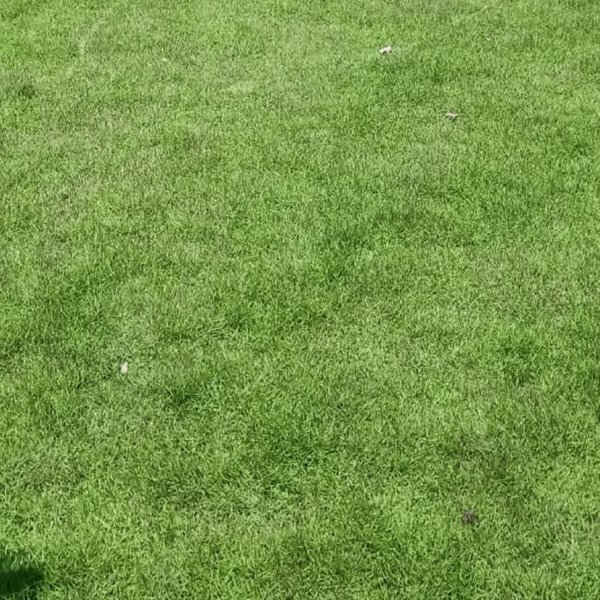
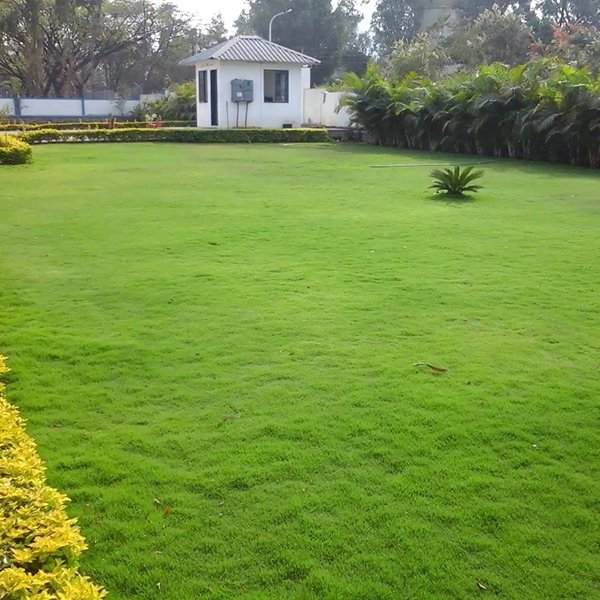
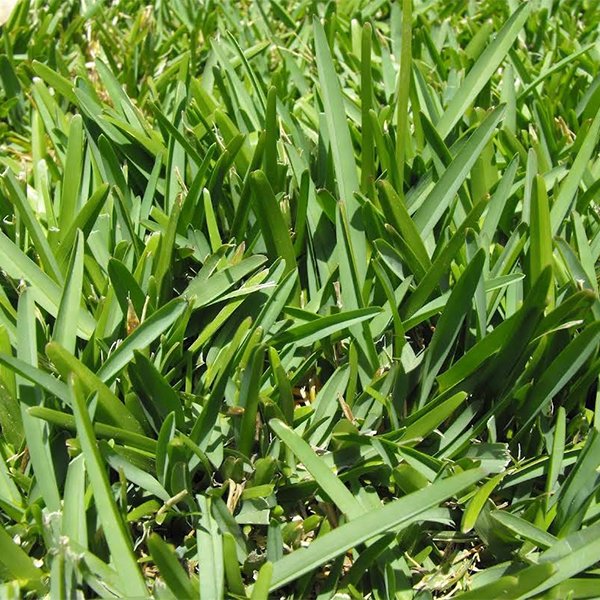

Lorem ipsum dolor sit amet, consectetur adipisicing elit. Delectus, suscipit exercitationem accusantium obcaecati quos voluptate nesciunt facilis itaque modi commodi dignissimos sequi repudiandae minus ab deleniti totam officia id incidunt? Reply
Lorem ipsum dolor sit amet, consectetur adipisicing elit. Delectus, suscipit exercitationem accusantium obcaecati quos voluptate nesciunt facilis itaque modi commodi dignissimos sequi repudiandae minus ab deleniti totam officia id incidunt? Reply
Lorem ipsum dolor sit amet, consectetur adipisicing elit. Delectus, suscipit exercitationem accusantium obcaecati quos voluptate nesciunt facilis itaque modi commodi dignissimos sequi repudiandae minus ab deleniti totam officia id incidunt? Reply